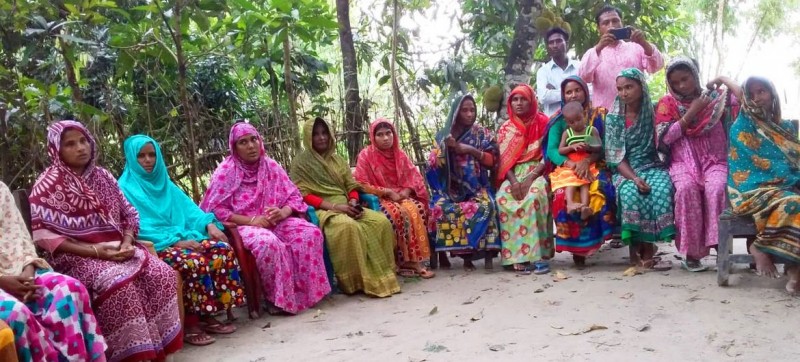Courtyard meeting to catalyze women’s entrepreneurship. Denied decent work opportunities and highly vulnerable to systemic shocks such as pandemics or economic downturns, workers in Asia and the Pacific are under pressure, according to a report launched on Tuesday by the UN Economic and Social Commission for Asia and the Pacific (ESCAP). “Our region spends less than half of the global average on social protection,” said ESCAP Executive Secretary Armida Salsiah Alisjahbana. “Almost 60 per cent of the population has no social protection coverage against normal life events such as pregnancy, child-raising, sickness, disability, unemployment or simply getting old”.
The 2022 Social Outlook for Asia and the Pacific: The Workforce We Need was released at the seventh session of the UN Committee on Social Development, which is meeting to discuss
Although progress has be
regional strategies for building a healthy, protected and productive workforce.
Vulnerable workforce
en made since 2015, the region’s workforce remains ill-equipped to respond to the ongoing and emerging mega trends of climate change, aging societies and digitalization.
Two-thirds of the workforce, or 1.4 billion people, are employed informally and as a result, half are surviving on less than $5.50 a day.
Far-reaching consequences have already resulted in Asia and the Pacific’s labour productivity to fall below the global average as sustainable livelihoods remain out of reach for millions, according to the ESCAP report.
falling
Moreover, during the COVID-19 pandemic, the lack of affordable health care and social protection contributed to pushing 243 million people into poverty.
Solving problems
Over the next three days, the bi-annual Committee will also review policies and good practices to further strengthen social protection, the situation of older persons, and disability-inclusive development in the region.
“The pandemic has made it clear that no one is safe unless everyone is safe. Solving socio-economic problems entails working together, sharing responsibilities and distributing costs and burdens fairly and equitably,” said Committee Chair Ariunzaya Ayush, who also serves as Senior Advisor and Chief of Staff to the Prime Minister of Mongolia.
“We stand ready to work with other member States and stakeholders to bridge the remaining gaps in order to better protect and empower the vulnerable so that they could enjoy a safe and dignified life in the society,” said Chuti Krairiksh, Minister of Social Development and Human Security of Thailand.
New assistance tool
On the sidelines of the Committee, ESCAP launched the Social Protection Online Toolbox (SPOT) to help countries.
The platform hosts a data-driven Social Protection Simulator, e-learning courses on inclusive social protection, and advocacy materials, as well as research and policy papers.
An innovative tool, the Simulator draws on national household income and expenditure surveys to support policymakers in designing non-contributory child, disability and old-age benefits in 19 countries, and enables users to estimate the cost of expanding social coverage in their countries.

ESCAP’s seventh session of the Committee on Social Development report opens in Bangkok, Thailand.




Comments are closed.